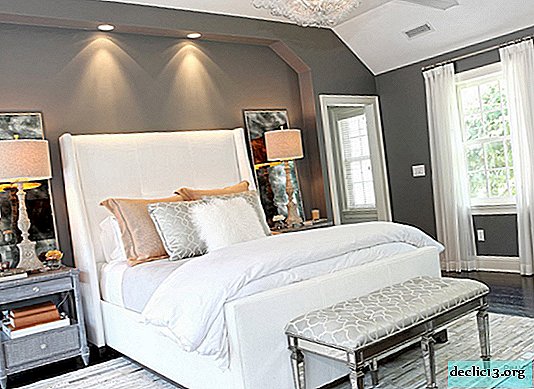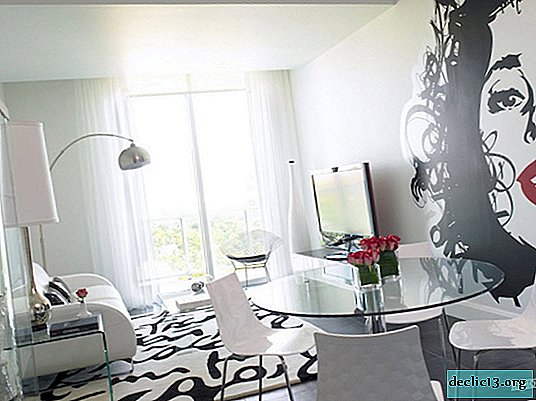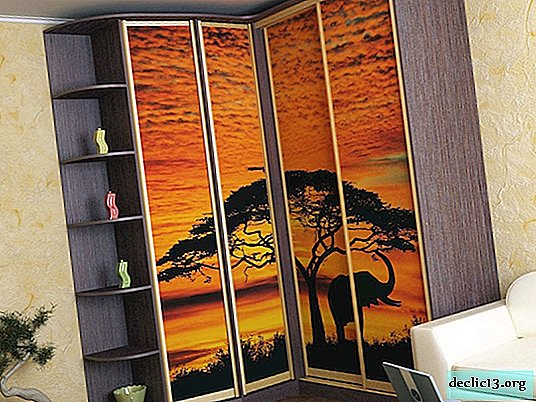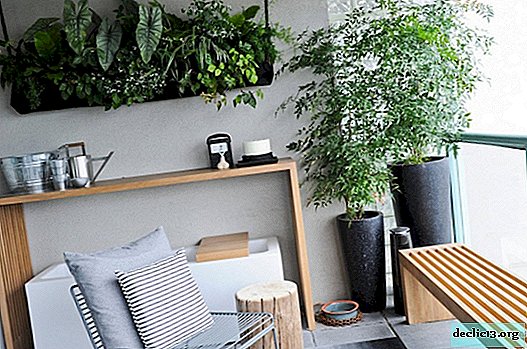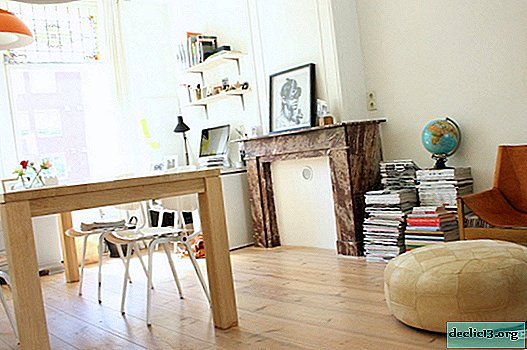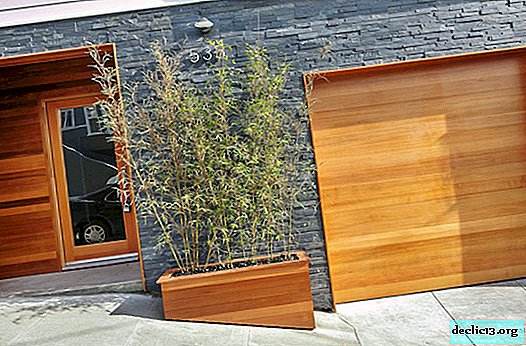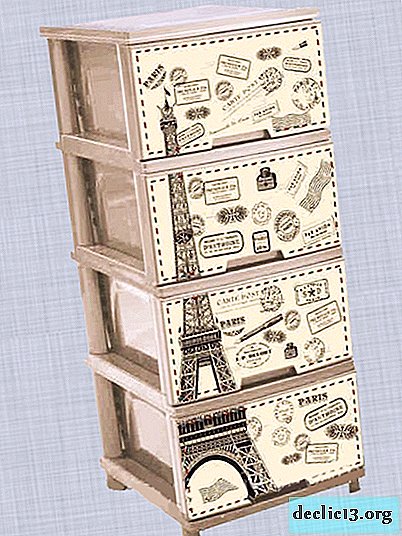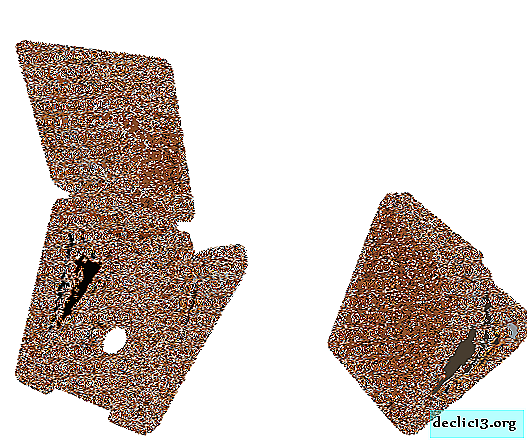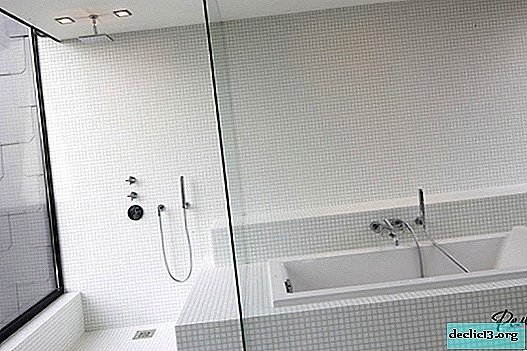Making bedspreads on a sofa, the nuances of doing it yourself
In recent years, handmade has experienced a real boom. Lovers of needlework are actively mastering new sewing and knitting techniques, making clothes and household items. Beginners can make a bedspread on the sofa with their own hands, with very little effort. Such a thing is not only beautiful, but also functional. Basic sewing or knitting skills are sufficient for work.
Product purpose
Divandek is needed in order to protect furniture from pollution: dust, stains, pet hair. There are several advantages to making a product yourself:
- the finished blanket may not fit the size of the sofa;
- store covers are quite expensive;
- handmade cover can be supplemented with home-made pillows decorated in the same style;
- sewing or knitting bedspreads on a sofa with your own hands is a great practice for beginner needlewomen.
Making a case is an exciting job. A homemade knitted bedspread has many advantages. Firstly, if you cover them with a sofa, the life of the furniture will increase significantly. Secondly, the use of such a product will help give an apartment or a house a unique charm. Homemade rugs look especially impressive in the interior, made in the style of Provence or country (the so-called rustic style).
Before starting work, you should decide on the color of the product. It is recommended that you draw a small sketch by hand. Color can be discreet (the most practical option) or, conversely, bright.
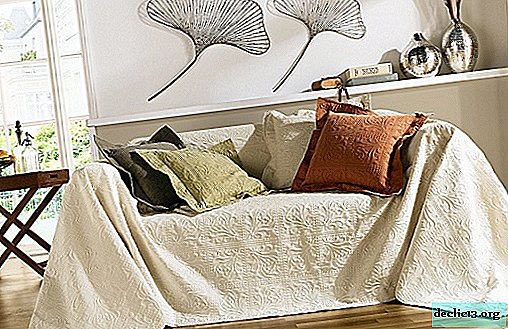




Design and shape choices
Choosing the right product design is based on the size of the room and the environment. A plaid blanket with lavish decor will look ridiculous in a small, modestly furnished room. A small bedspread on a large sofa in a spacious hall is likely to go unnoticed. Also, when choosing a design, the color of furniture, walls and floors should be taken into account.
There are several ways to make a cover for a handmade sofa:
- sewing bedspreads from a single piece of fabric using a sewing machine or manually;
- patchwork technique - at first a certain number of pieces are prepared, then they are combined into a single whole;
- knitting or crocheting.
Decoration methods depend on the manufacturing method chosen. Knitted bedspreads are usually decorated with tassels and pompons. Covers made of solid fabric - embroidery and applique.
The shape of the product depends on the furniture. If there is also a chair at home, you can also sew an original cover on it. The most popular forms of divandeks are presented in the table.
| The form | Benefits | disadvantages |
| Simple rectangle | You can cover not only the sofa, but also the chair. To do this, you need to double the cover. | Not suitable for corner sofa. If the color is discreet, this form can look pretty boring. |
| Trapezoid | Well suited to furniture with armrests. Unusual shape immediately attracts attention. Knitting a plaid is easy. | In a small room, the trapezoidal blanket looks bulky: it seems that it takes up a lot of space. Not suitable for corner sofa. |
| L shape | A great option for do-it-yourself bedspreads on a corner sofa. You can choose an interesting ornamental decor from alternating horizontal or vertical stripes of different colors. | Sewing bedspreads on a corner sofa is not an easy task, since not everyone can correctly build a pattern. It is difficult to fold the finished blanket carefully and put it into the closet. Also, due to the non-standard form, it is more difficult to wash and hang it to dry. |
For a crib, it is best to use a classic rectangle. To cover the "corner", you can make a cover L-shaped. For a small sliding children's sofa, a square plaid is suitable. Sewing a blanket is necessary with a margin: if it turns out less furniture, uncovered fragments will look ugly outward.
You can choose a non-standard shape, for example, round or oval. In this case, a pattern of concentric rings of different colors that mimic the "grandmother" rug will look good.
 In the patchwork technique
In the patchwork technique Fabric
Fabric Knitted
KnittedSizing
In order to determine the length and width of the bedspread, you must first measure the dimensions of the sofa. They should be written down on paper or remembered. Based on the data obtained, it is necessary to make measurements for the pattern. To do this, you need:
- Measure the sofa up and down with a centimeter tape.
- Using the same method, determine the height of the furniture.
- Build a drawing on paper, taking into account the selected shape.
- Draw stripes to the sides of the resulting rectangle. Their width should be equal to the height of the sofa.
To calculate the required amount of fabric, you need to consider the allowances for the seams. To do this, add 3.5-5.5 cm to the length and width of the resulting rectangle. If there are frills below, you need, on the contrary, reduce the height by about 1.5-3.5 cm.
For clarity, you can immediately display on the drawing the lines along which you will need to flash the cover manually or on a typewriter.
Knitted blankets and stitched bedspreads come in different sizes. In some finished patterns, a size of 140 cm is indicated. However, practice shows that such a width is not enough to completely cover the surface of the sofa with a plaid.
 Furniture Measurements
Furniture Measurements Angular sofa measurement
Angular sofa measurement Pattern
PatternThe choice of material
The material should be fully consistent with the design. For a plaid from a single canvas, it is recommended to choose natural or synthetic textiles. If the craftswoman decided to make a cover from shreds, you can use fabrics from old things. Best if it will be fur. Such a plaid creates comfort and warms on cold evenings.
Knitted items decorated with colorful ornaments are very popular. A bright woolen divandek makes the room especially cozy, creates a unique atmosphere in the house.
Regardless of the chosen plaid manufacturing technique, certain requirements are imposed on the materials. The life of the finished product depends on them. When choosing fabric, fur or yarn to sew a blanket on a corner or standard sofa, you need to keep in mind the following:
- The material should be practical.
- Shedding and fading fabrics are best avoided, otherwise the plaid will quickly lose its neat appearance.
- The material from which the cover will be sewn should be easily cleaned. This is especially important if the cover is designed for a children's or kitchen sofa.
- If you have pets at home, do not take cloth with a pile for sewing, because it is difficult to clean from wool.
Of course, the material should have an attractive appearance. When choosing synthetics, it should be borne in mind that such fabrics often sit down during washing. Experts recommend washing the fabric in a typewriter before proceeding with sewing. If the fabric decreases in size, it is not suitable for work, as the fabric will sit down again when washing again.
 From fur using the patchwork technique
From fur using the patchwork technique Thick Textile
Thick Textile From old jeans
From old jeansWork sequence
In the manufacture of the case, a clear sequence of work is important. Success largely depends on correctly selected materials and correctly constructed patterns. If you can’t draw the scheme yourself, you should contact the studio or print the finished scheme.
Preparation of tools and materials
Before you start work, you need to prepare everything you need. Dense fabric is used for the winter wrap on the corner sofa with their own hands, for the summer version - thin materials. For sewing you will need:
- matter;
- needle and thread for basting;
- sewing machine;
- decor elements;
- tape measure.
You also need to prepare sharpened tailor's scissors for cutting. Professional tailors use a special marker to transfer the pattern to the fabric. It can be replaced with a piece of regular chalk or soap.



Cutting out the details
The instruction on how to sew a cloak begins with cutting the fabric. You can make your own pattern or use the finished one. After building, the drawing must be transferred to the fabric. Cutting is done on the table, carefully laying out the material. In addition to the main fabric, you will need a padding (for example, synthetic winterizer) and a lining. The recommended width of the product is 2.8 m, the length of the frills is 8.4 m. The packing and lining must be the same size as the front side of the main material.
 Marking methods: 1 and 2 - markers, 3 - copy wheel and paper, 4 - chalk in the holder, 5 - ordinary chalk, 6 - tailor's chalk
Marking methods: 1 and 2 - markers, 3 - copy wheel and paper, 4 - chalk in the holder, 5 - ordinary chalk, 6 - tailor's chalk Cut fabric
Cut fabricTailoring
For sewing, a pattern is used. The product is divided into three parts - front, base and lining. A step-by-step instruction consists of cutting, sewing and finishing. All three parts are performed separately, and then combined into one blanket. Before sewing a cloak on a sofa on a typewriter, you need to do the basting manually. For this, the simplest seam “forward needle” is suitable. Having sewed a blanket, you need to align the slices, then make a frill outline and sew it, having processed the slice with an oblique trim. After that, you can proceed to the final stage - decoration.
 Throw the fabric on the back and seat, pin with pins at the alleged places of the seams
Throw the fabric on the back and seat, pin with pins at the alleged places of the seams Trim the excess fabric, remove the cover and try on the front side, flash it on the machine
Trim the excess fabric, remove the cover and try on the front side, flash it on the machine Stitch the frills of the frill on a typewriter, chop the frill and the lower edge of the bedspread with pins, sew
Stitch the frills of the frill on a typewriter, chop the frill and the lower edge of the bedspread with pins, sew Ready product
Ready productDressing
When choosing patterns and techniques for decorating cloaks on a sofa, you should consider the features of the interior. You can create an ensemble of plaid and pillows decorated in the same style. The most popular among modern craftswomen is using manual or machine embroidery with dense colored floss threads. The subject of the images is as follows:
- floral ornament (leaves, flowers, curls);
- decor from repeating simple geometric shapes in ethnic style;
- subject embroidery (image of genre scenes);
- stylized figures of fish, birds, animals, dragonflies or butterflies.
In addition to embroidery, needlewomen often use applique. It is made from small fragments of leather, dense textile, natural or artificial fur. If the plaid does not have frills, instead of them homemade brushes are usually tied.
Satin ribbons are often used as additional decor. Fringes, ruffles and bows look good. As fasteners, braids and ribbons, decorative rivets are used. The most practical options are gum and a silicone cloth. Some craftswomen use Velcro, but they quickly become dirty and deteriorate.
 Machine embroidery
Machine embroidery Hand embroidery
Hand embroidery Applique
Applique Ruffles
Ruffles Fringe
FringeKnitwear
A blanket, which is a one-piece canvas, is usually done with knitting needles. If the craftswoman decided to knit a bedspread from a large number of identical modules, it is more convenient to make small fragments with a crochet. Both methods will not take much time, the main thing is to choose a clear and affordable scheme. It is advisable that it be accompanied by step-by-step illustrations. Scheme and description can be of different levels of complexity.
For manufacturing it is necessary:
- Dial the desired number of loops.
- Remove the edge loop.
- Knit a row of facial loops with a purl at the end.
- Make a hem from the front loops.
- Knit a row with purl stitches.
- Turn the canvas over and tie a number of faces.
- Repeat the above steps until the product reaches the desired size.
- Close the loop.
It is recommended to use several colors so that the original ornament appears on the bedspread. When the knitted blanket on the sofa is ready, its ends are hemmed with a sewing machine. This extends the life of the product.
Beautiful and comfortable bedspreads on a sofa will become a real highlight of the interior. Handicrafts differ from the typical ones in their original design, unusual shape and color. Such a wrap on the sofa will be a wonderful gift for friends or relatives, fill the house with comfort and help keep you warm on a cold winter evening.
 Hook and yarn
Hook and yarn One-sided cage pattern
One-sided cage pattern Knit according to the pattern
Knit according to the pattern Ready product
Ready product



